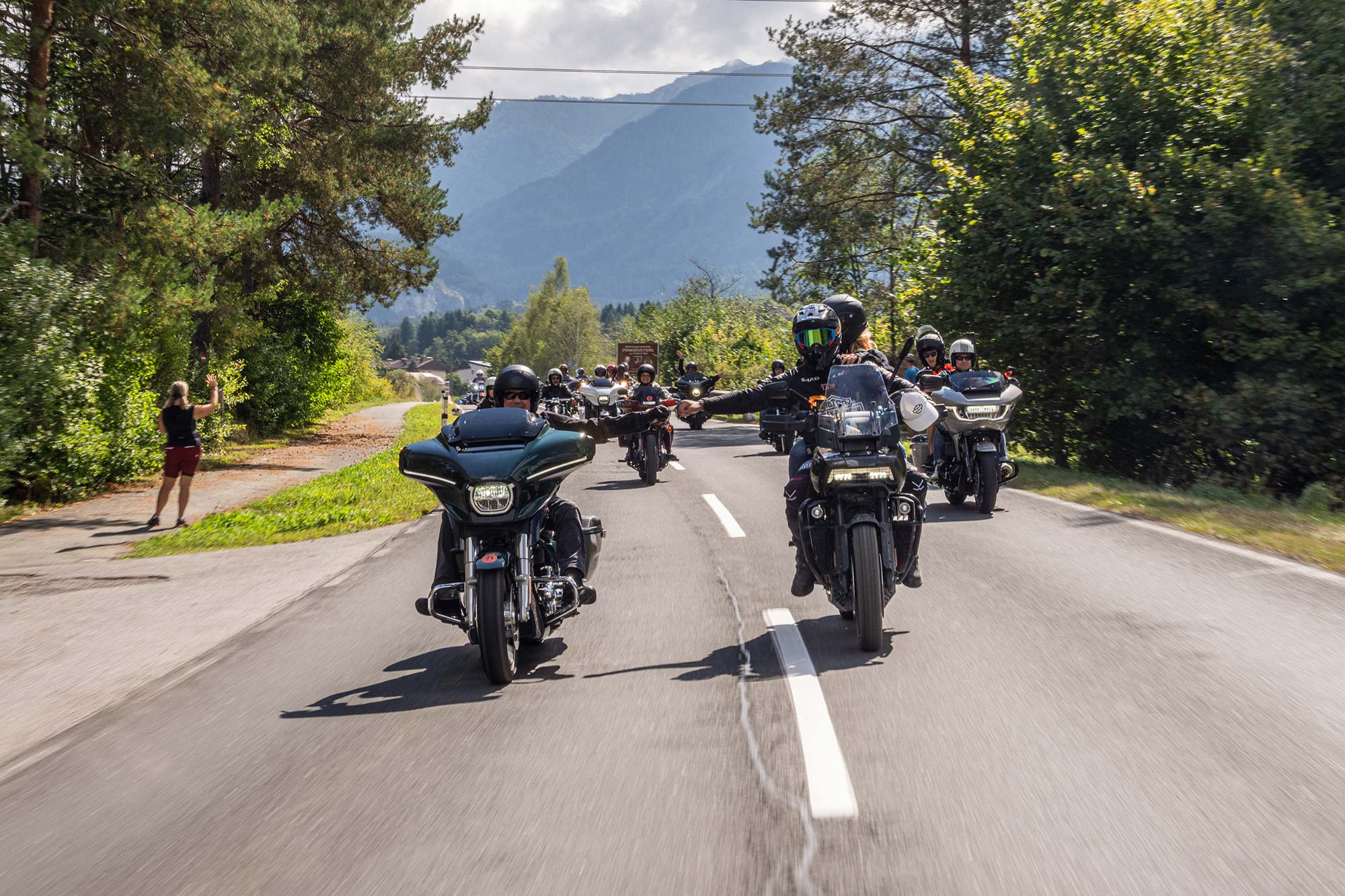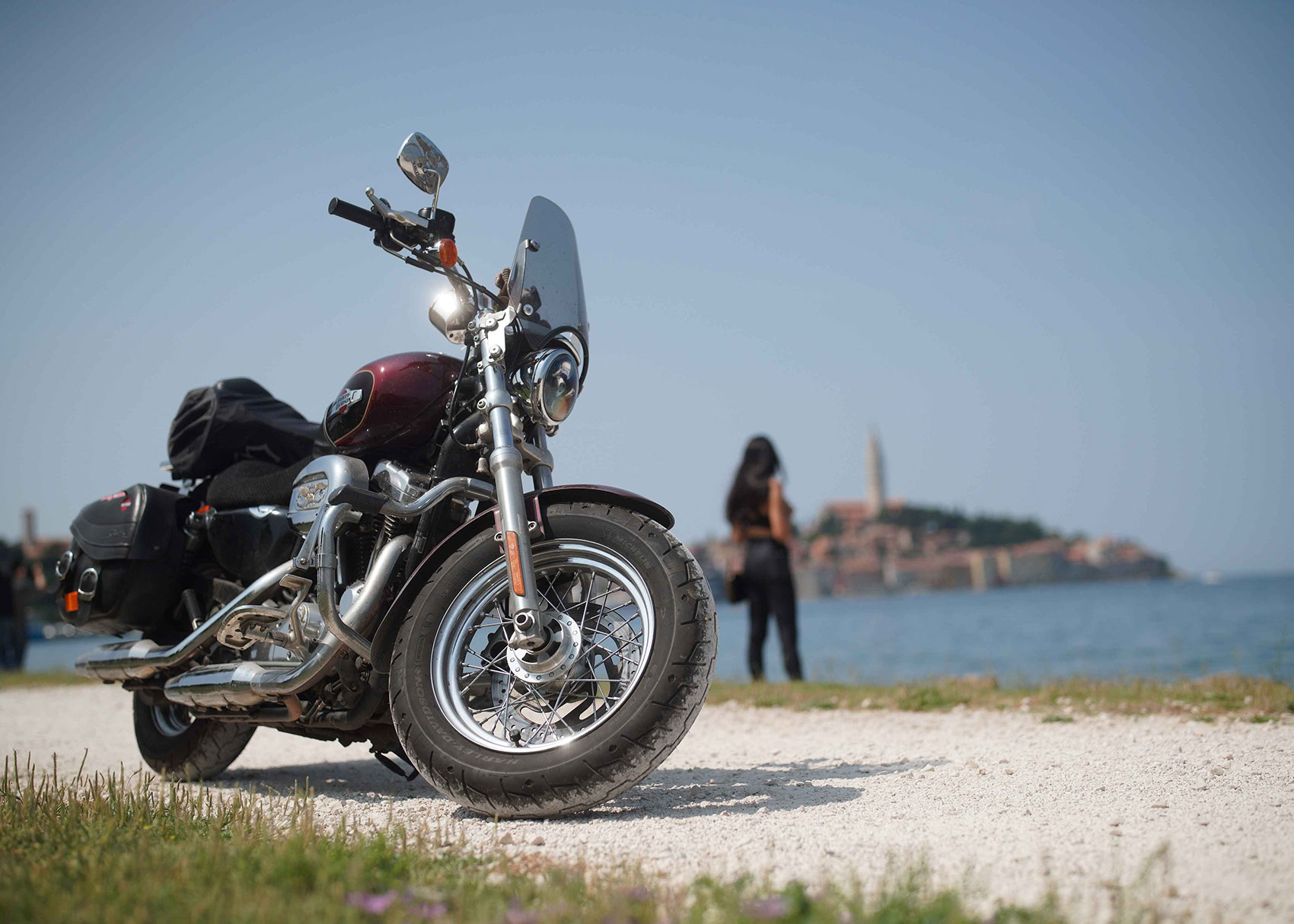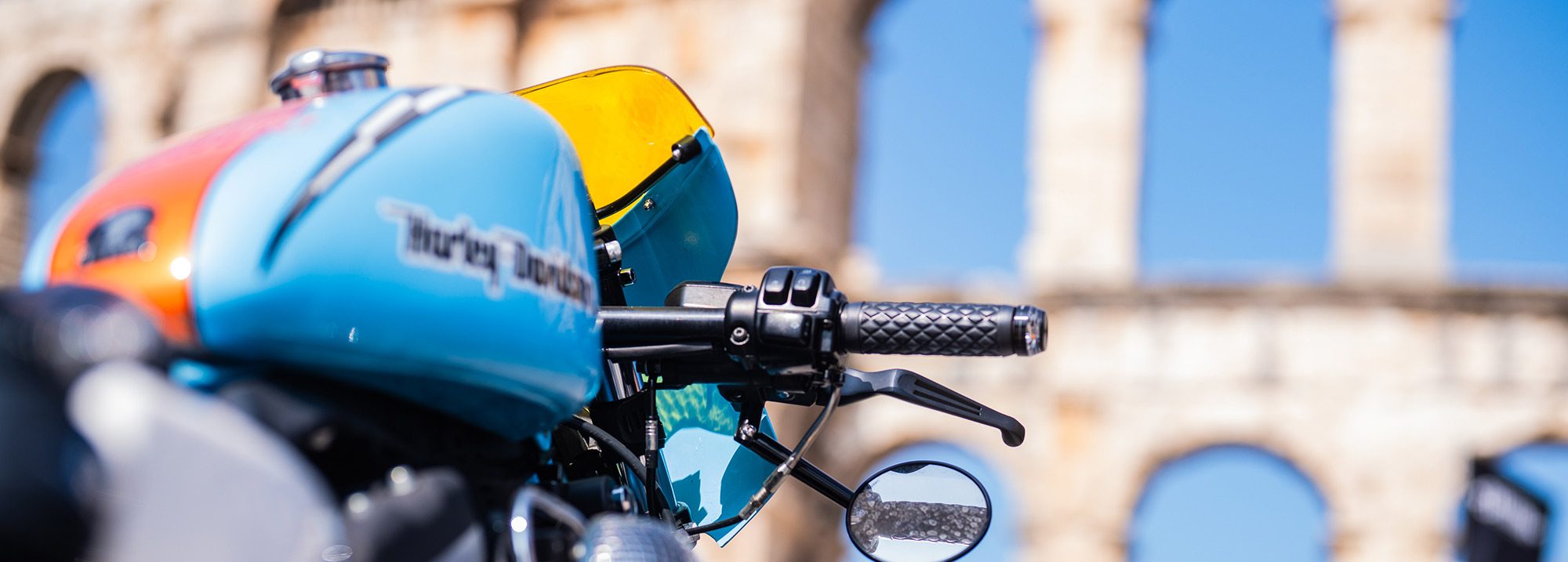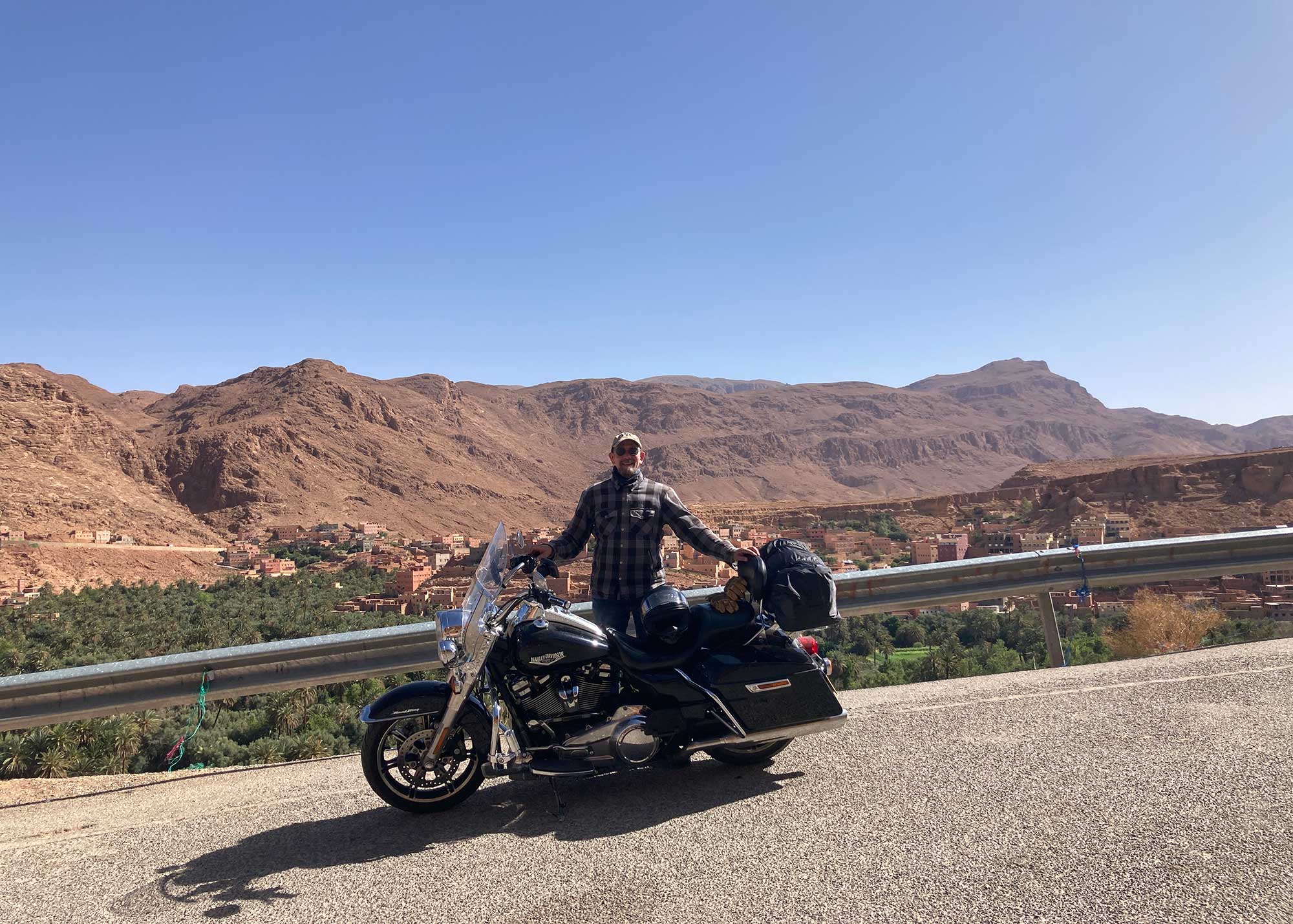
Can You Ride a Harley-Davidson in The Sahara?
H.O.G.® member Jean Julien Gazet put his Road King® to the test on a spectacular route through the heart of Morocco
Boy it’s hot! I pull into a petrol station on the outskirts of Midelt, a town in the high plains between the Middle Atlas and High Atlas mountain ranges. The gas attendant says that from here on south there is always “beaucoup du soleil” (very much sun). It’s about 11am and the thermometer in the shade is showing 41°C – who knows what it is in the full sun.

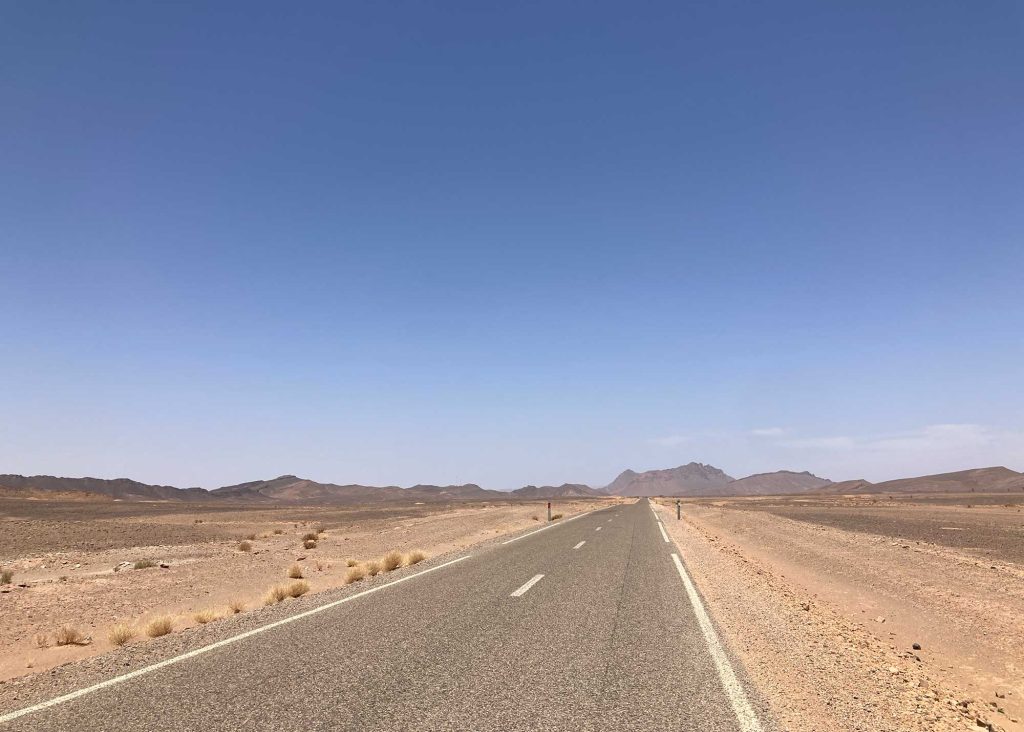
I like riding to distant destinations: the sense of adventure, of being on the road for weeks at a time, is what owning a Harley-Davidson® is all about. I bought my Road King® in 2022 to do long tours on with my wife, or on my own, and it’s been the perfect bike. It retains the classic Harley-Davidson look and spirit while being comfortable to ride all day long, two up or solo. So, last year I decide to ride from the UK down to the Sahara Desert, spending six months researching routes and sites to see on the way.
I arrived in Tarifa after five days riding through France and Spain, catching my first view of Africa across the straits as I rode up to my hotel outside Casa dos Aguas, high above where the Mediterranean meets the Atlantic. The next morning, I rode down to the port along a quite spectacular road descending down the mountain to the coast with great views of Jebel Musa on the north coast of Africa. I pulled into the port and lined up with the dozen or so others waiting to board the ferry alongside only two other motorcyclists. The ferry trip from Tarifa, Spain, to Tangier, Morocco, was easy and uneventful, and passport and customs controls were straightforward. I was issued with a six month import permit for my Road King and I was off.
First stop was a bank in Tangier to get some Moroccan currency which is not available outside of Morocco, then I headed for Tétouan through hills and olive groves – it felt very similar to southern Spain. I rode down through the Rif Mountains to Ouazzane, up across the Col du Zeggota and down through twisty roads into Fez, often referred to as the country’s cultural capital. It’s primarily known for its Fes El Bali walled medina, with medieval Marinid architecture, vibrant souks and old-world atmosphere.
I was off early the next day heading for Ifrane, a town that could quite easily be in France with its gravel parks, tree-lined roads and road signs in both Arabic and French. I rode up through the Middle Atlas Mountains and through the Col du Zad down to the high plains, then to Midelt and up into the Atlas Mountains again through the Ziz Gorges, and finally back down through baking heat to Errachidia. From Errachidia to Merzouga I’m in the desert and the heat is intense; you have to tolerate it and not let it get to you. Five miles past Merzouga and I reach my hotel, a traditional Moroccan Dar (house) with the sand dunes of the Erg Chebbi behind it. This is the Sahara…
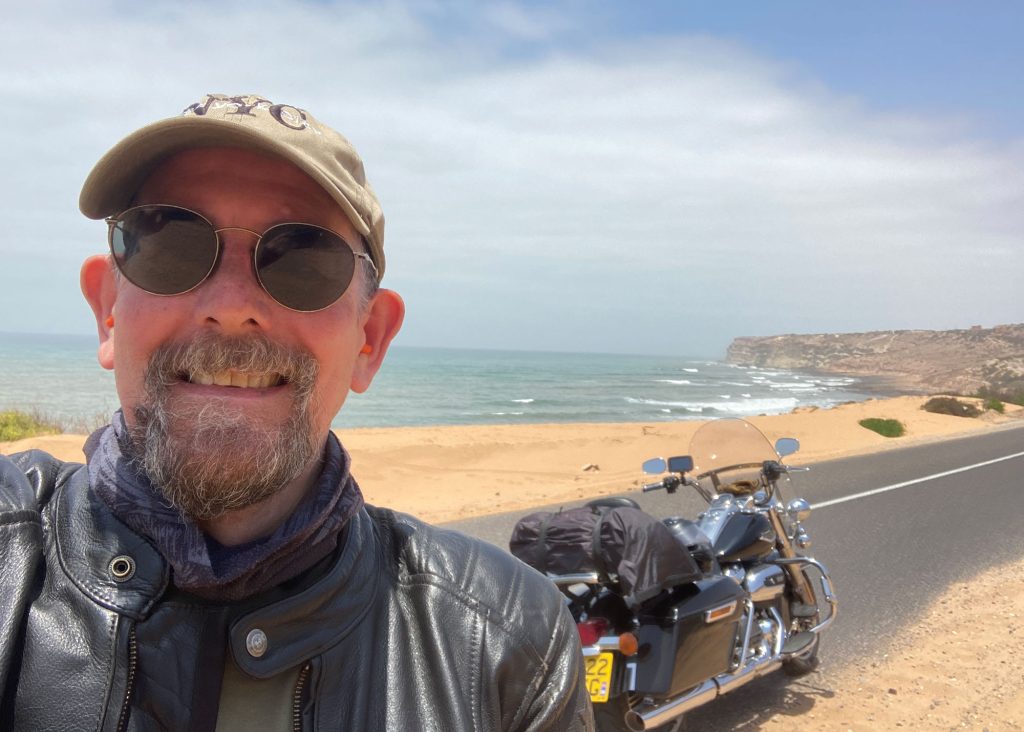
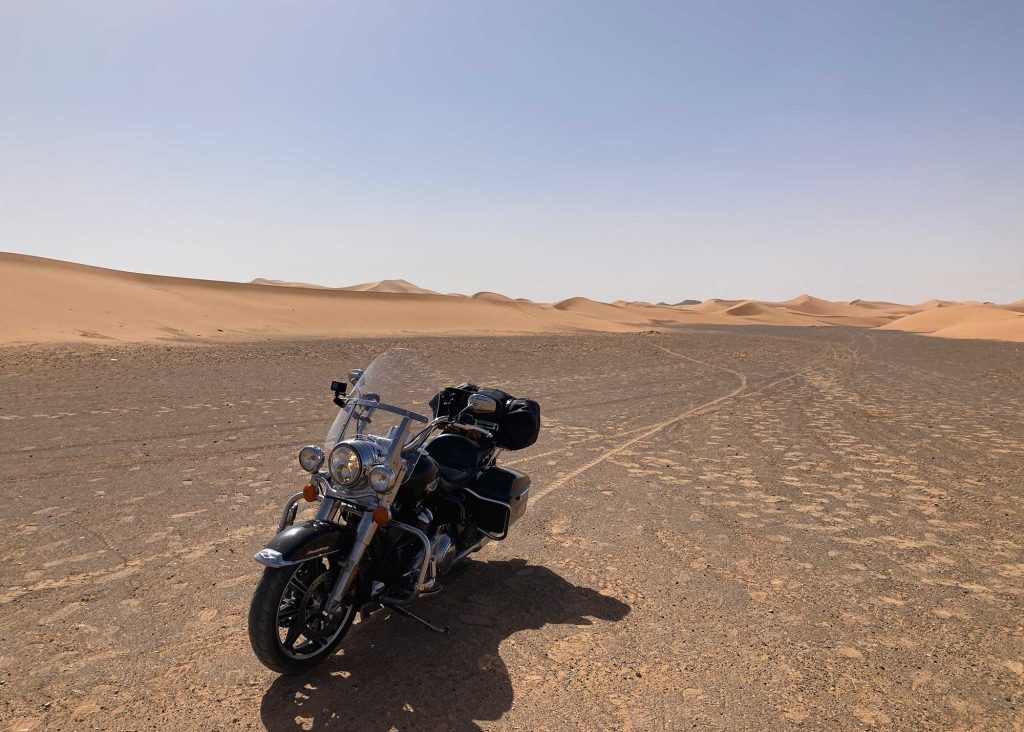
The next day is an early start through the desert up to Tinghir, but before I leave, I can’t resist the temptation to rent a quad bike and set off into the sand dunes. You must have a guide because within minutes you’ve lost your bearings, but it’s a great experience and although I did ride my Road King off road across the sands, it couldn’t have tackled the dunes.
The road to Tinghir is across harsh desert with small groups of wild – or escaped – camels and goats, with lines of leafless acacia trees along the edge of dried riverbeds. Tinghir is a desert town set along a river oasis at the foot of the mountains and quite suddenly appears out of the desert. Petrol was a problem as not one of the four stations in the town had any; however, the next morning there had been a delivery, and I could fill the tank ready to cross the high Atlas Mountains (the next fuel stop was 120 miles away).
The High Atlas mountains are stunning. The vistas are huge, and no photograph can do justice to the gorges, escarpments and wide valleys. I passed by an open “barrières à neige” (snow barrier) that’s strangely incongruous with the blazing heat. I went up to the Tizi n’Tichka at 2,645m where there is nothing but gravel and rock, no plants of any kind, and then on to the town of Imilchil. It’s hard to believe that this town is snowbound in the winter. Next there’s a steep winding descent and I was into the city of Beni-Mellal.
After the desert I headed out to the coast to Casablanca, then down to the old Portuguese walled ports of El Jadida and Essaouira, then back inland to Marrakech. I spent a few days relaxing in Marrakech with my wife, who had flown out to spend a long weekend, seeing the sites in the ancient Moroccan city. After Marrakech, I headed up to the walled city of Meknes and the Spanish town of Cueta the next day, where I caught the ferry back to Algeciras. After five days touring through Spain and France, I was back home again.
This was a great tour, riding in the Atlas Mountains and the Sahara Desert were unique experiences. When I was south of the mountains I didn’t encounter a single motorcycle rider, let alone anyone on a Harley-Davidson; for many days I was the only European passing through. The Harley® coped superbly with the mountains and desert and wasn’t troubled at all by the high temperatures. My Road King was an immediate focus of attention wherever I stopped, and groups of children came running out to wave at me as I passed through towns and villages. To me, this adventure is what owning a big twin touring bike is all about.
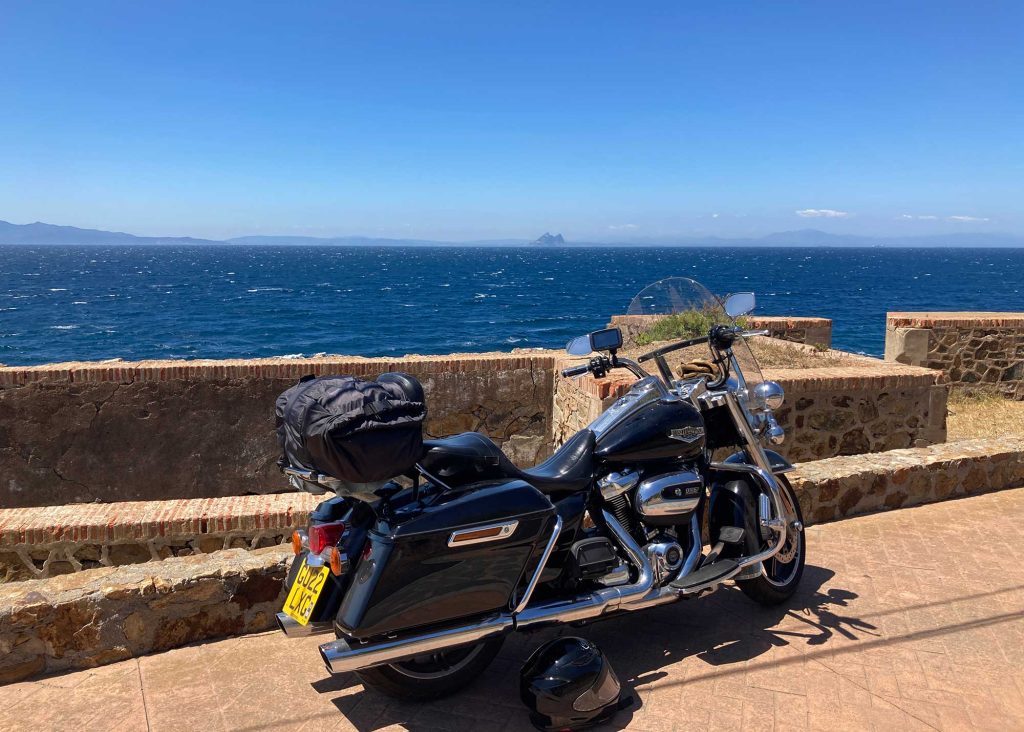

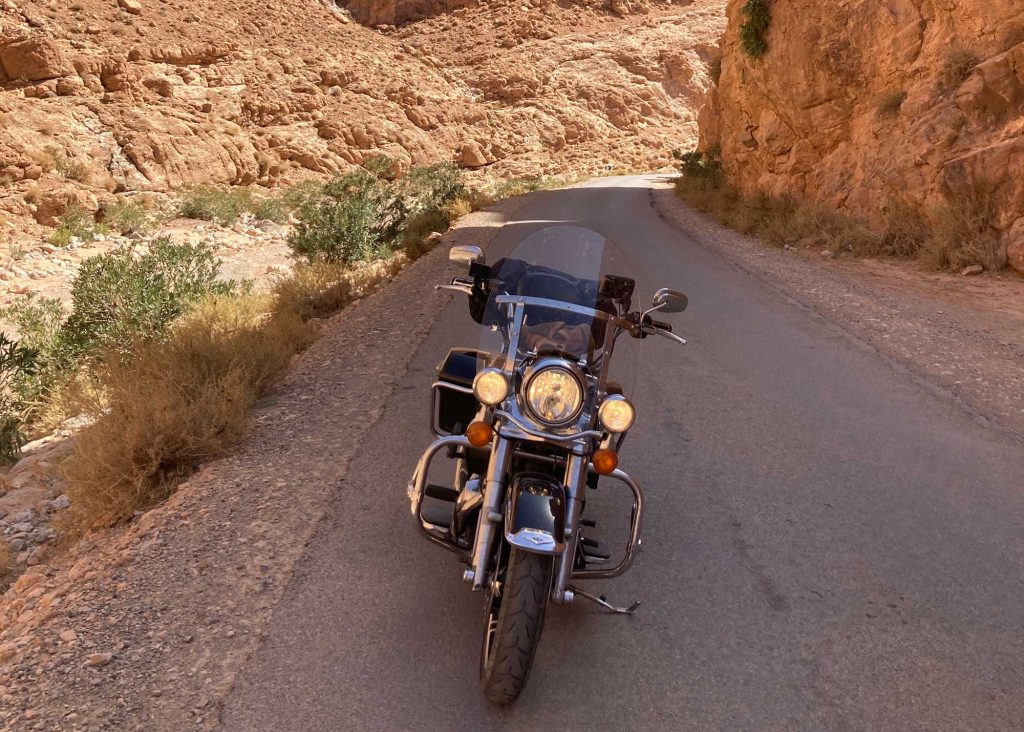
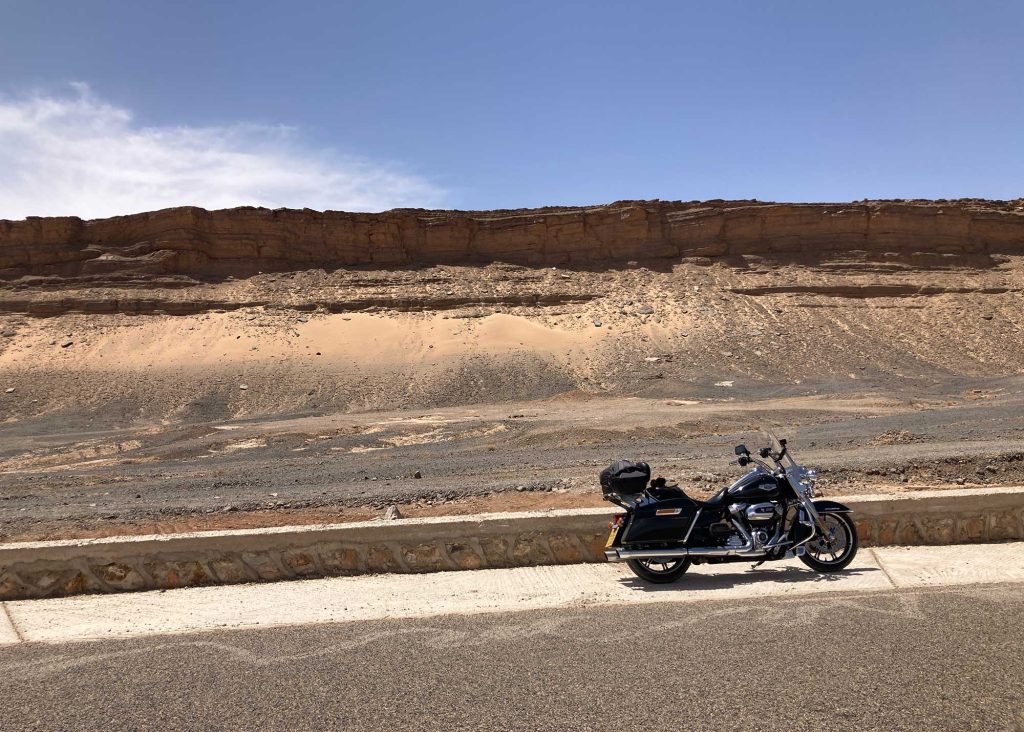

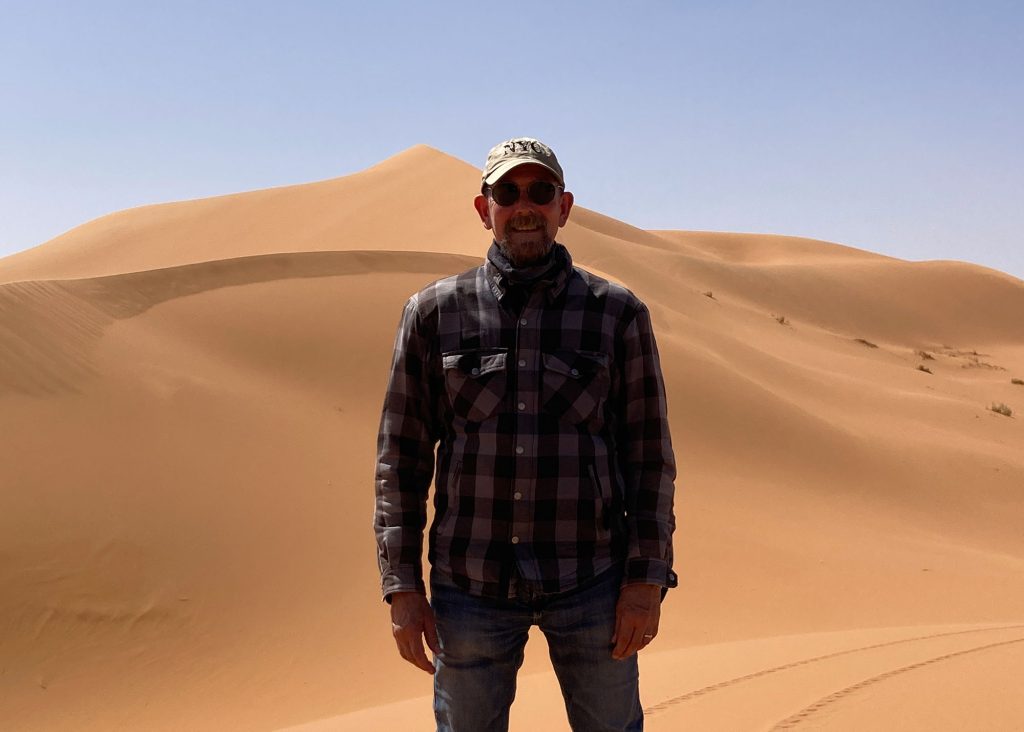
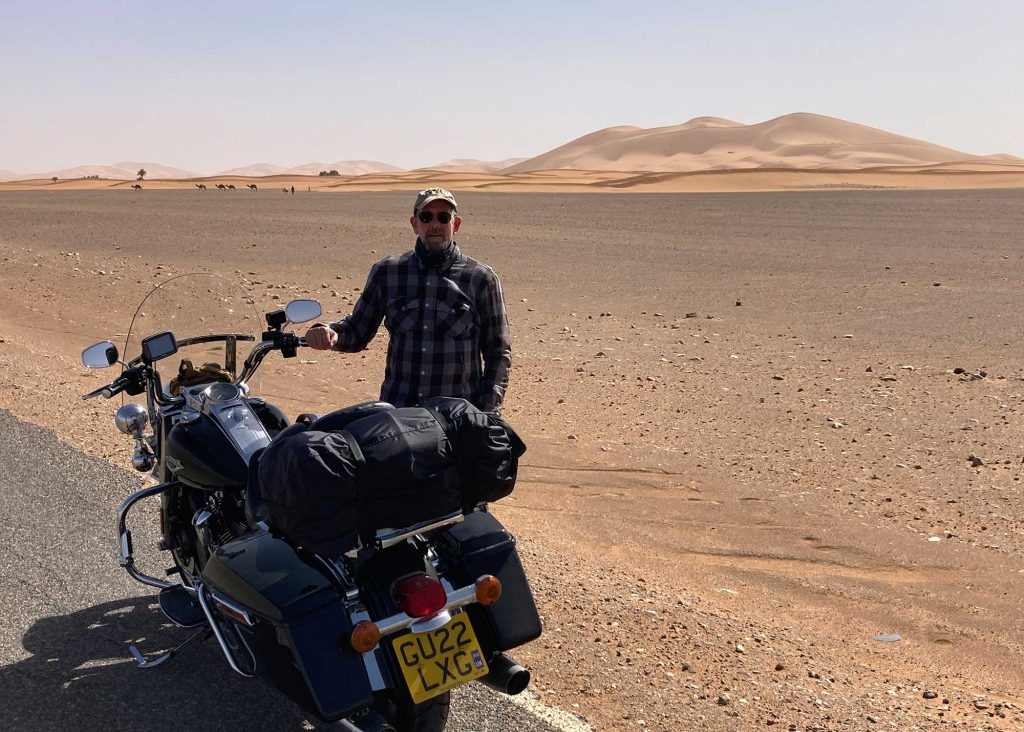
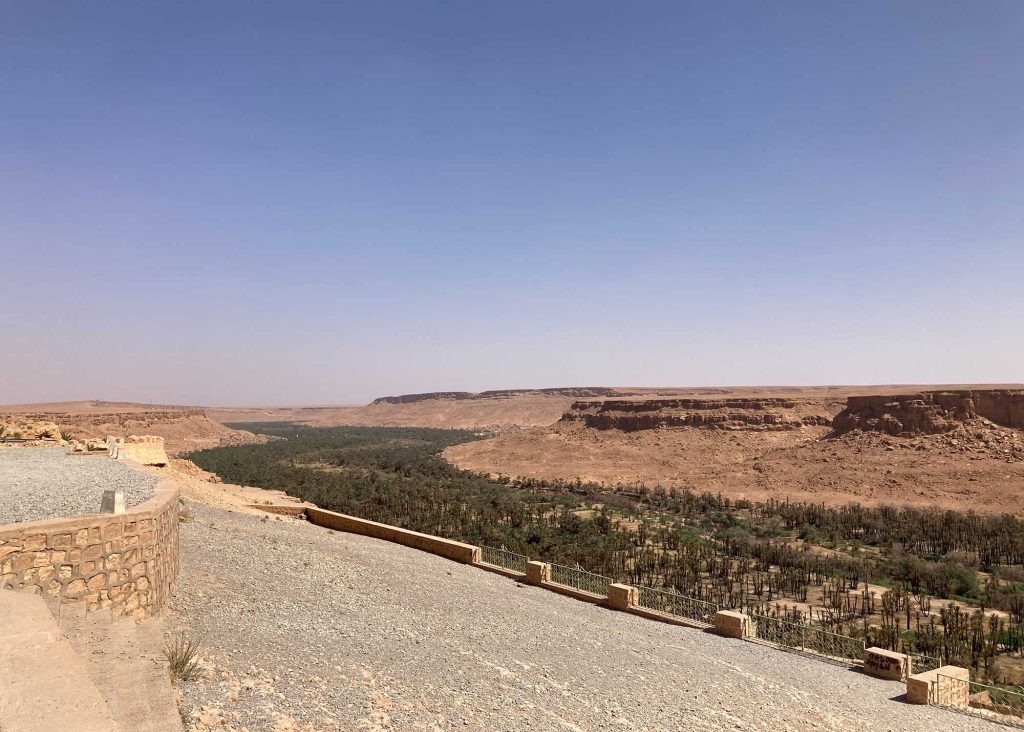
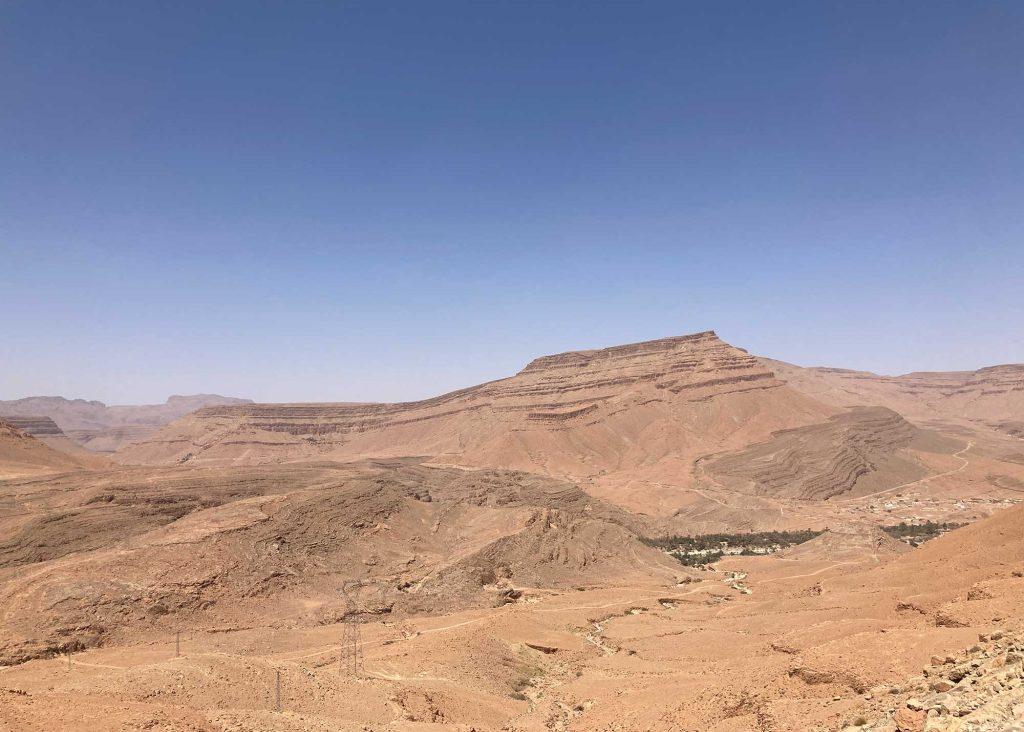
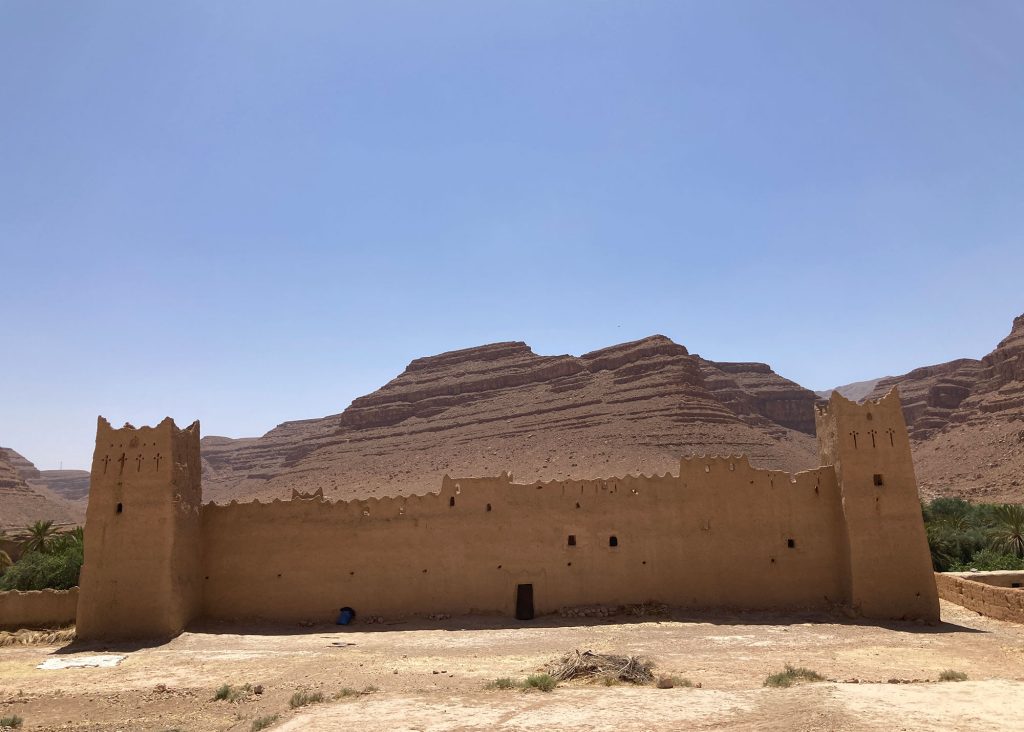
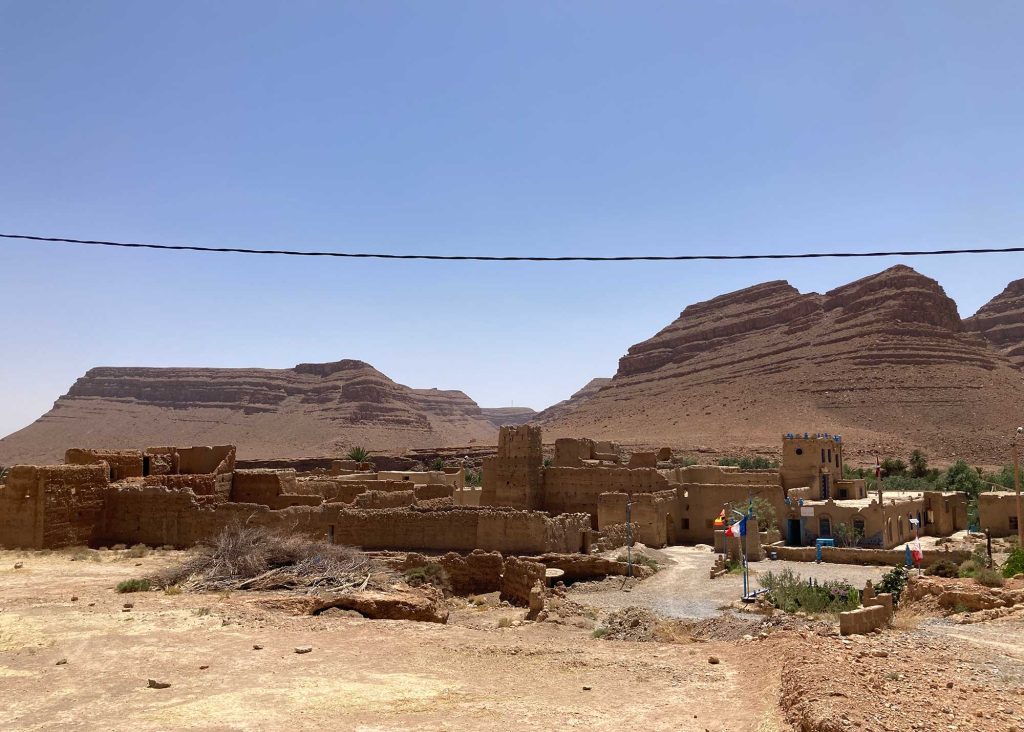
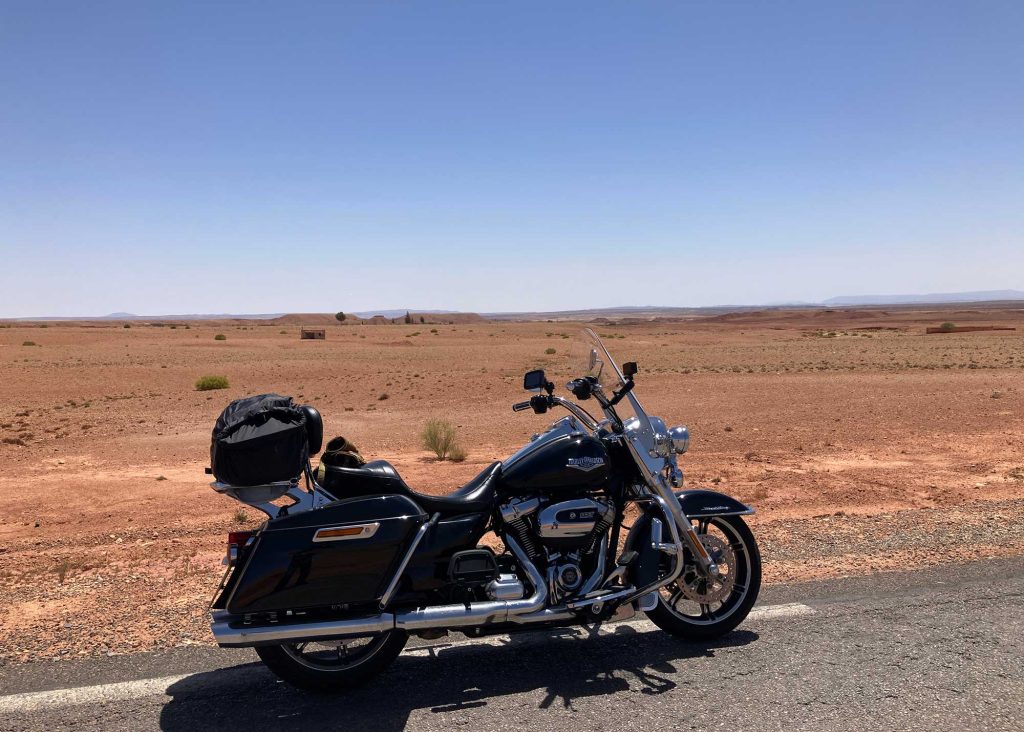
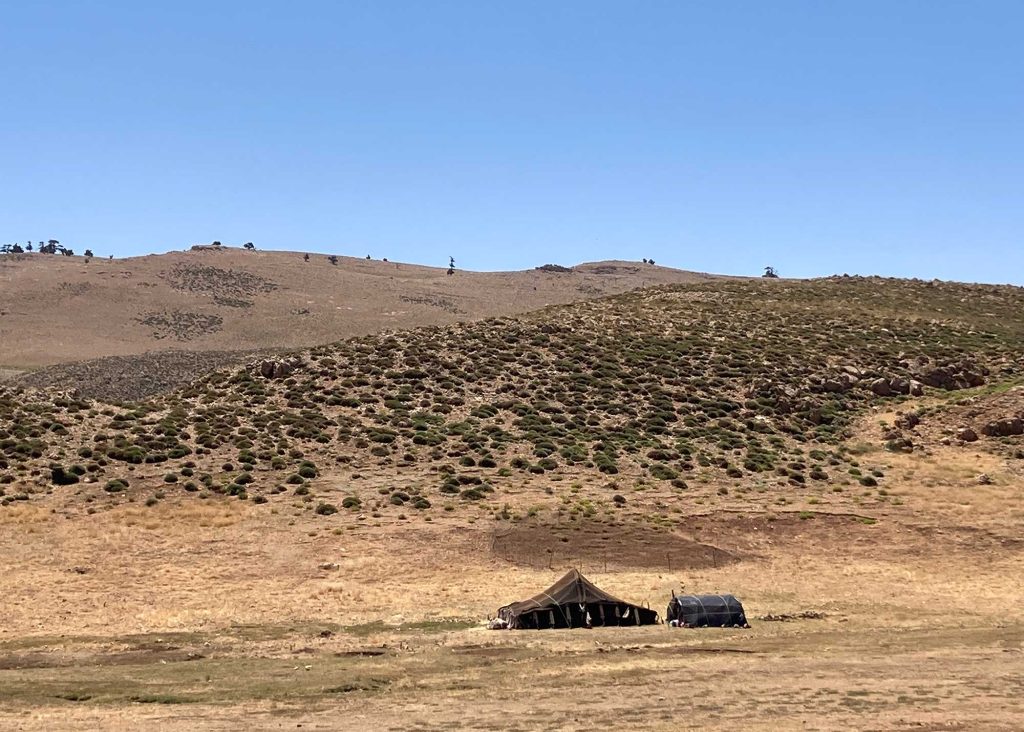
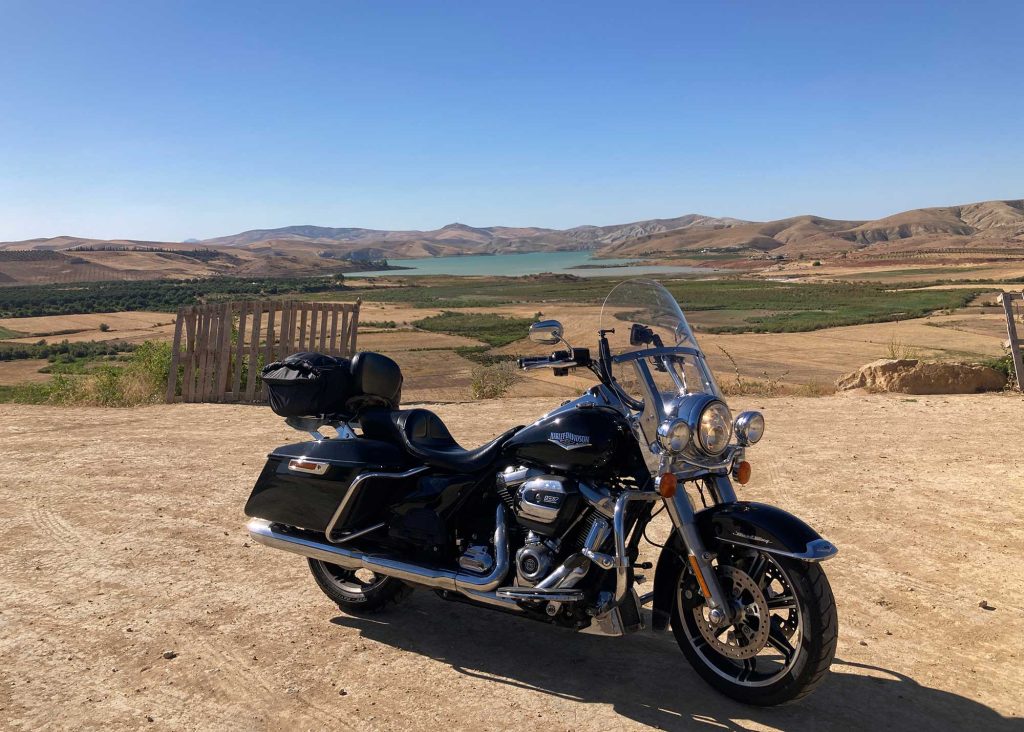
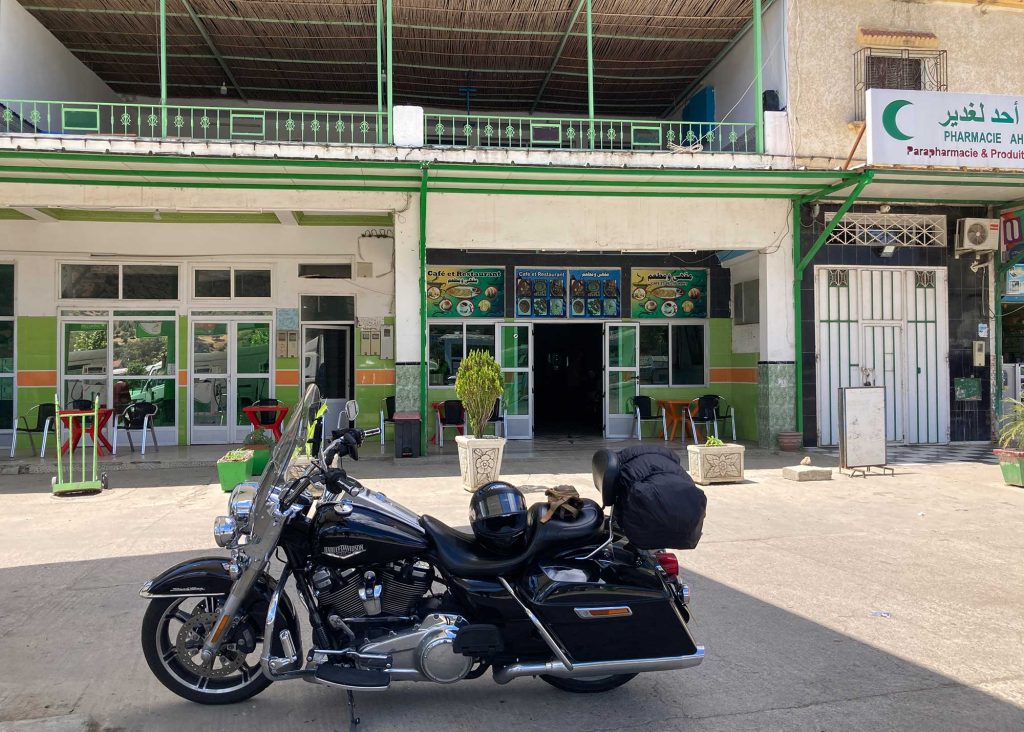
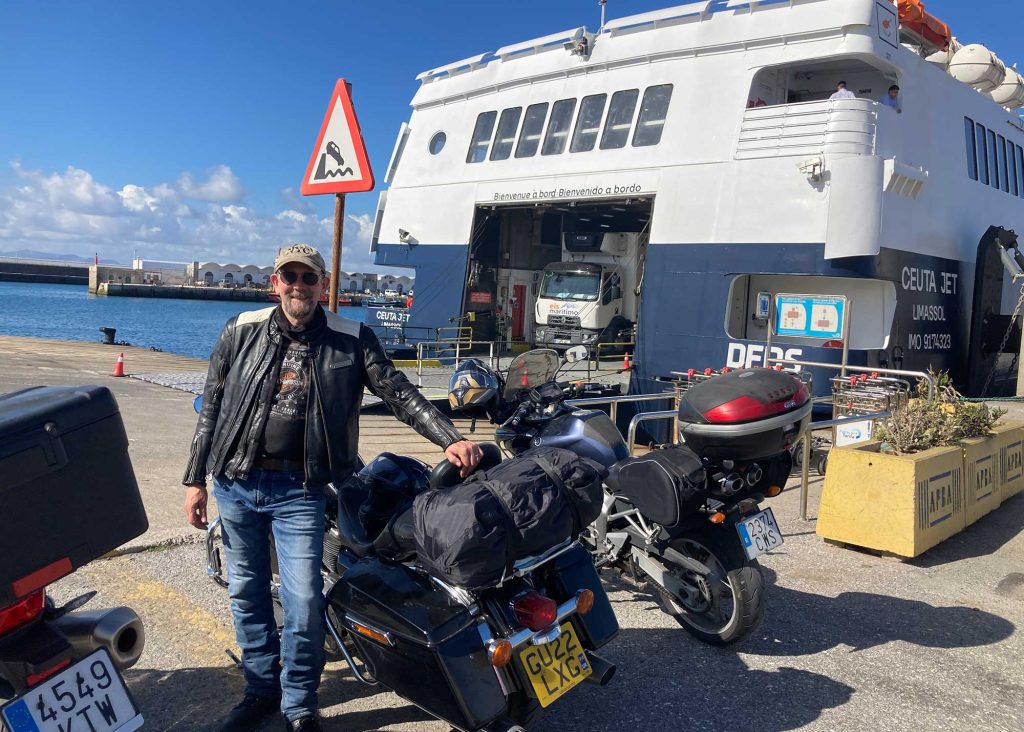
Tags:
Read more tales from the Harley Owners Group!
Events calendar
Read on for details of rallies and events taking place around the world. More regional events to be announced soon – watch this space!
Croatian Sunshine
The 31st European H.O.G. Rally returned to celebrate under blue skies in Medulin from 12-15 June 2025
In the pink
Creative imaginations were let loose on a spectrum of Harley models, with the top entries showcased along the marina
